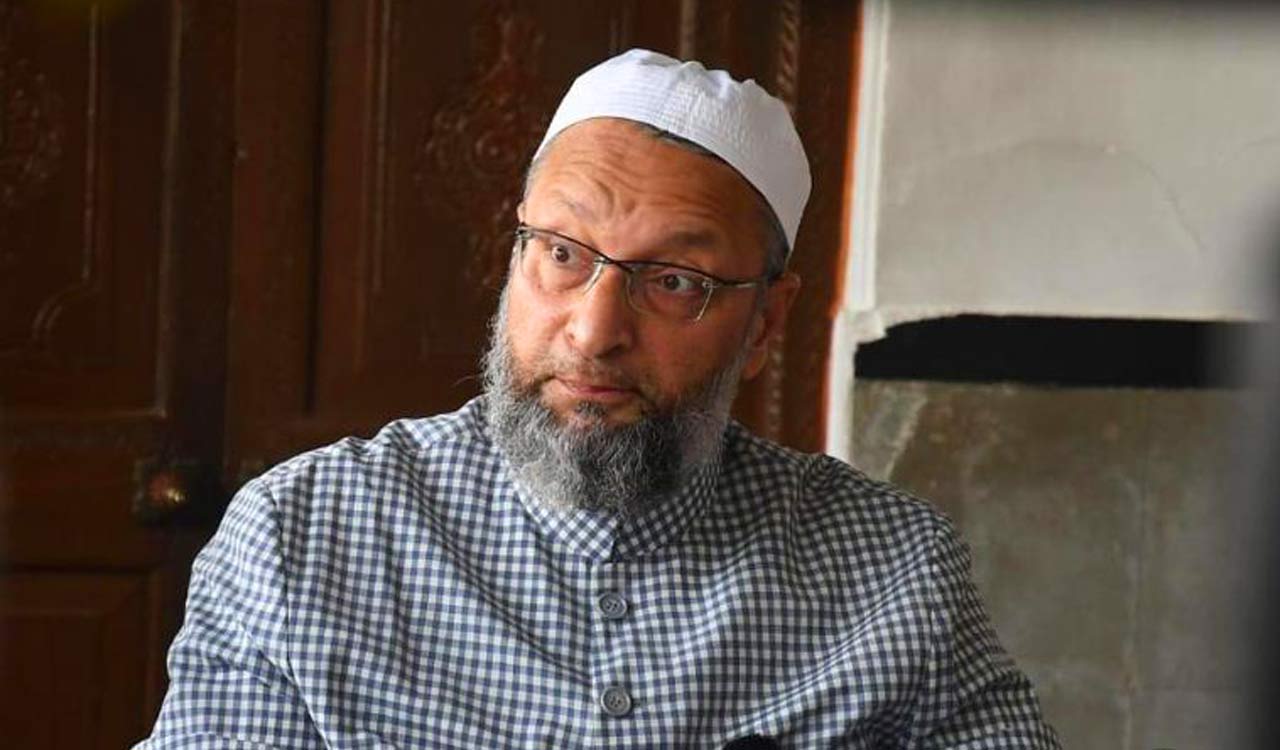Breast milk may help in early detection of breast cancer, find researchers
Sat 16 Sep 2023, 23:14:32
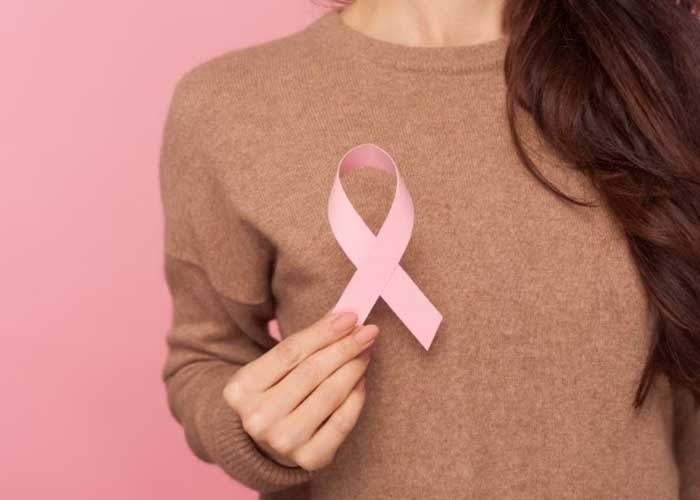
Breast milk may be a promising tool for detecting breast cancer in women. A recent study has found that the tumour DNA, known as circulating tumour DNA (ctDNA), can be detected through liquid biopsy in breast milk, even before breast cancer can be diagnosed using conventional imaging. It could become a new tool for early diagnosis of breast cancer in the postpartum period, reveals the research published in the journal Cancer Discovery.
Spanish researchers have shown for the first time that breast milk from breast cancer patients contains tumour DNA, and may help in early detection of the most common type of cancer affecting women worldwide.
the tumour DNA, known as circulating tumour DNA (ctDNA), can be detected through liquid biopsy in breast milk, even before breast cancer can be diagnosed using conventional imaging. It could become a new tool for early diagnosis of breast cancer in the postpartum period, reveals the research published in the journal Cancer Discovery.
The findings were made by researchers at Vall d'Hebron University Hospital in Spain after a breast cancer patient diagnosed while pregnant with her third daughter raised concerns about the potential risk of her tumour being passed through her breast milk to her second daughter.
"The patient brought us a sample of breast milk that she had stored in her freezer. So, thanks to her, that's where our project started, because although we know that breast cancer is not transmitted through breast milk, we decided to analyse the sample in search of markers that could help us in our research,” said Dr. Cristina Saura, head of the Breast Cancer Group at the university’s Institute of Oncology (VHIO).
"And indeed, when we analysed the patient's breast
milk, we found DNA with the same mutation that was present in her tumour. The breast milk had been frozen more than a year before the patient's cancer diagnosis," she added.
milk, we found DNA with the same mutation that was present in her tumour. The breast milk had been frozen more than a year before the patient's cancer diagnosis," she added.
Next, the researchers collected breast milk and blood samples from 15 breast cancer patients diagnosed during pregnancy or postpartum, as well as from healthy women who were breastfeeding. Using two techniques, Next Generation Sequencing (NGS) and Droplet Digital PCR (ddPCR), two techniques, Next Generation Sequencing (NGS) and Droplet Digital PCR (ddPCR).
"We found that there was free circulating DNA of tumour origin in the breast milk. We were able to detect mutations which were present in the tumours of patients with breast cancer in the samples of breast milk of 13 of the 15 patients analysed. Whereas, in the blood samples collected at the same time, ctDNA was only detected in one of them," said Dr Ana Vivancos, head of VHIO's Genomics laboratory.
Further, the team developed an NGS-based genomic panel as a possible method of early diagnosis of breast cancer. Based on publicly available data, the researchers designed the VHIO-YWBC gene panel to detect the most frequent mutations present in women with breast cancer diagnosed before the age of 45.
The panel has "a sensitivity of more than 70 per cent. This means that, of the samples from our patients tested with this panel, 7 out of 10 cases would have been detected with a specificity of 100 per cent."
"This panel could be used in the future as a method for the early diagnosis of breast cancer in the postpartum period," explains Dr Saura. "In the same way that a heel prick is performed on all newborns, collecting a breast milk sample from all women after birth for breast cancer screening could also be considered."
No Comments For This Post, Be first to write a Comment.
Most viewed from
Most viewed from Health
AIMIM News
Asaduddin Owaisi files nomination papers on Friday
Apr 20, 2024
Owaisi Begins Election Campaign in Hyderabad
Apr 13, 2024
Bring back Indian workers in Israel: Owaisi
Apr 13, 2024
Latest Urdu News
Most Viewed
May 26, 2020
Do you think Ruturaj Gaikwad would be a good captain for Chennai Super Kings?
Latest Videos View All
Like Us
Home
About Us
Advertise With Us
All Polls
Epaper Archives
Privacy Policy
Contact Us
Download Etemaad App
© 2024 Etemaad Daily News, All Rights Reserved.





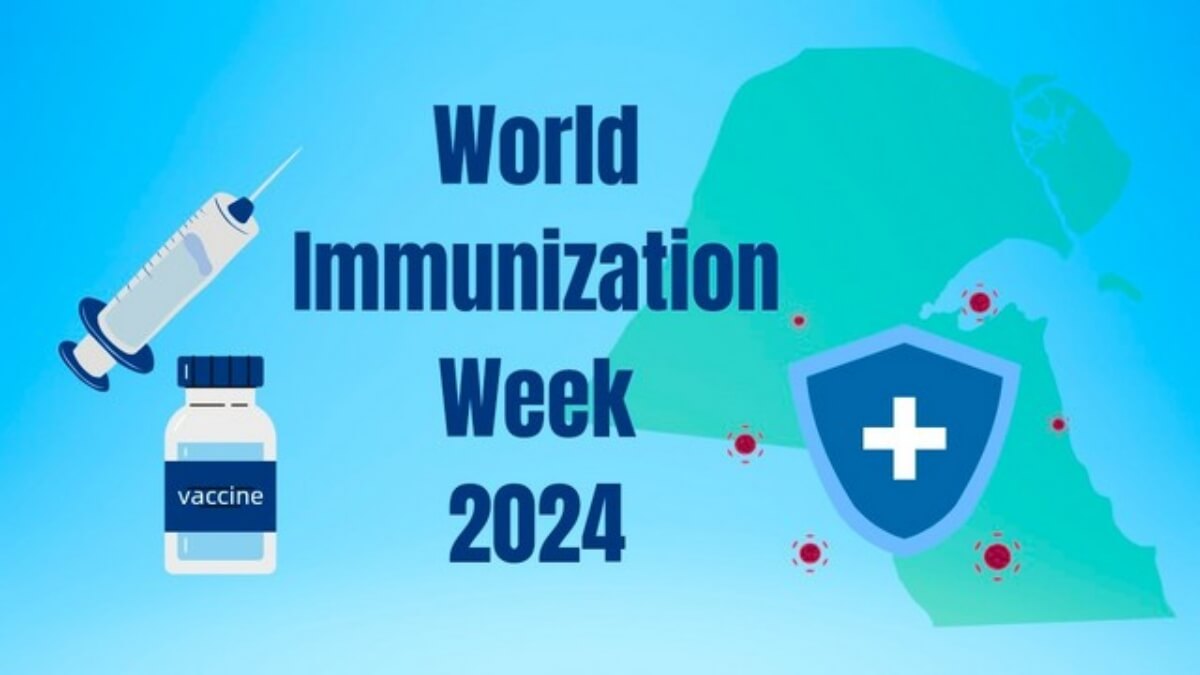
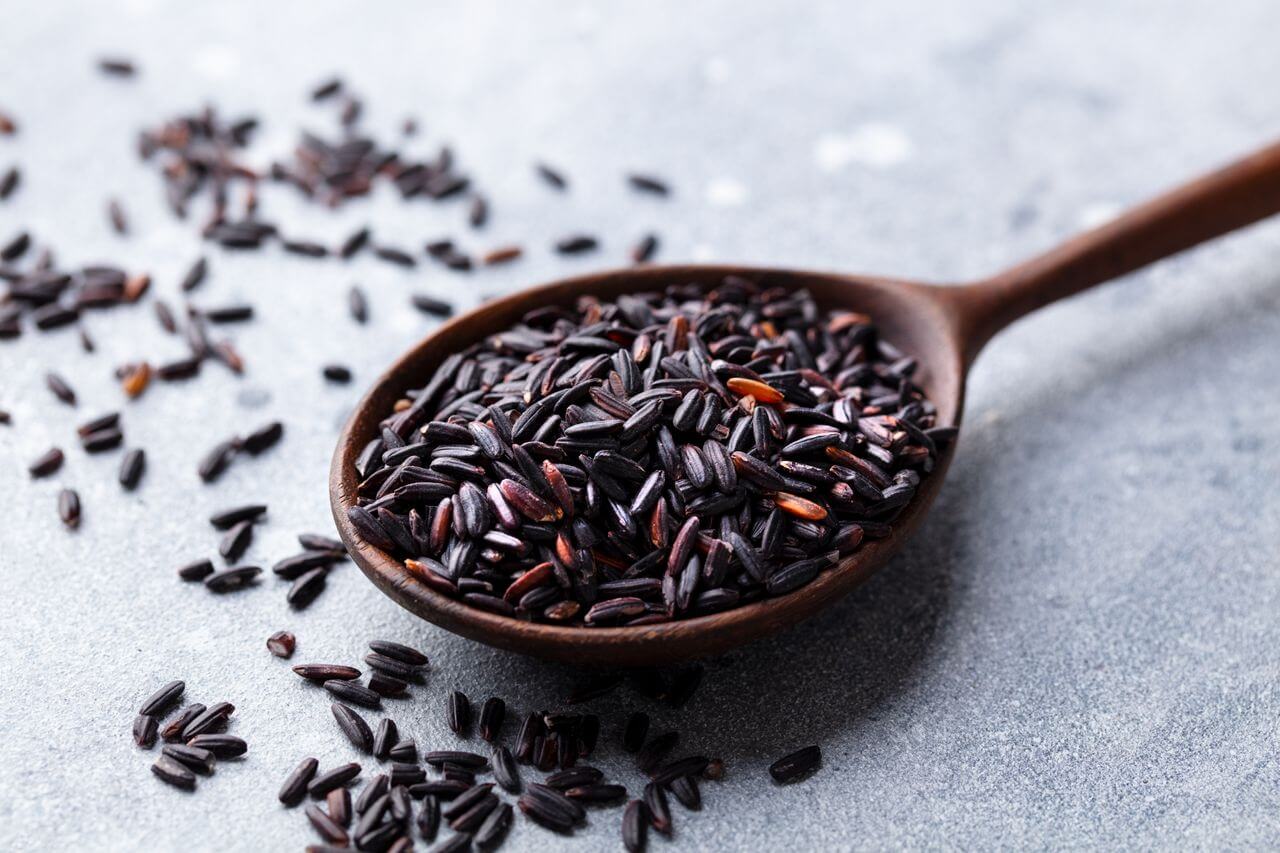


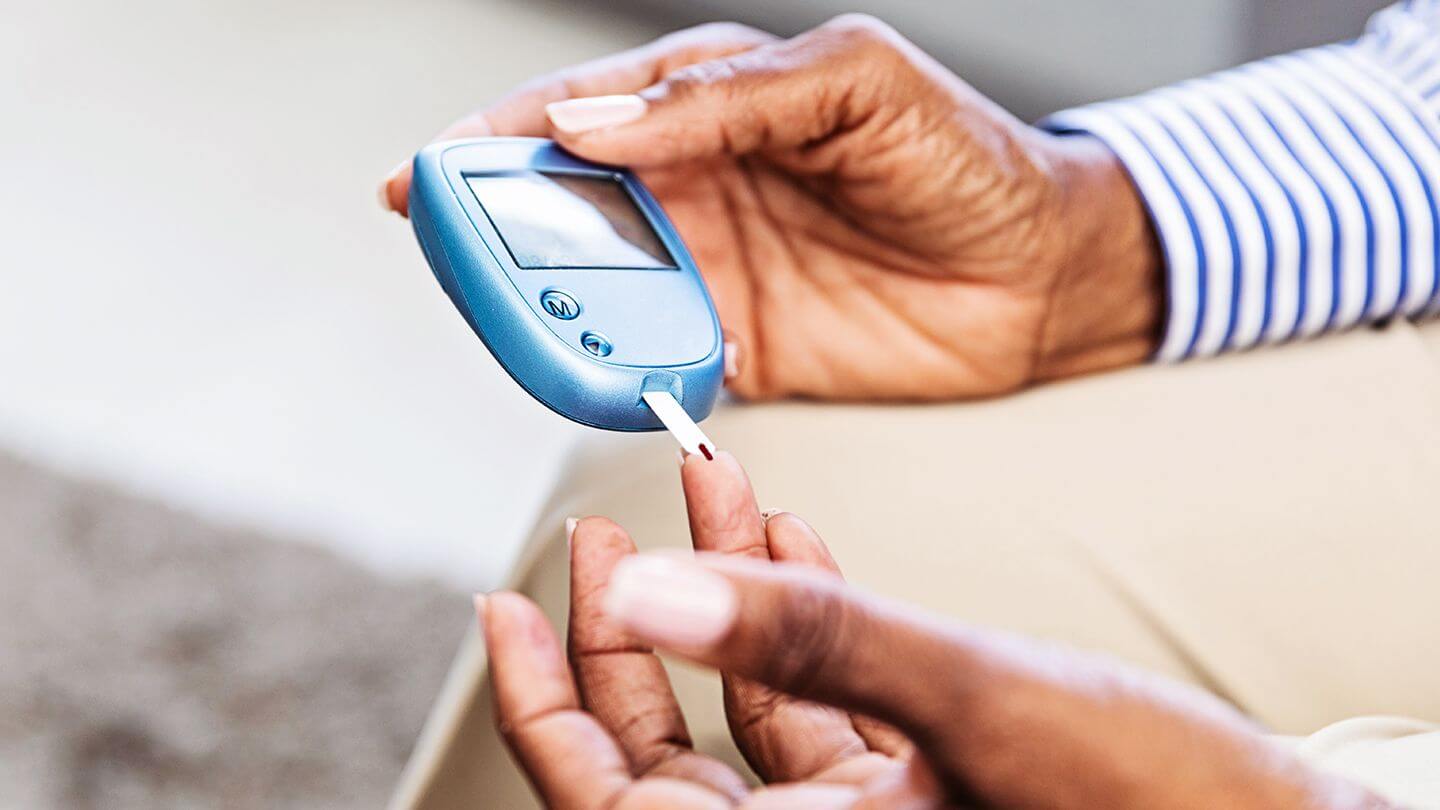


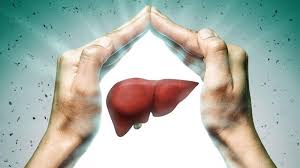
.jpg)
.jpg)
.jpg)
.jpg)
.jpg)
.jpg)
.jpg)
.jpg)
.jpg)
.jpg)
.jpg)
.jpg)










